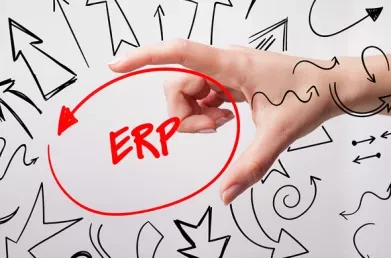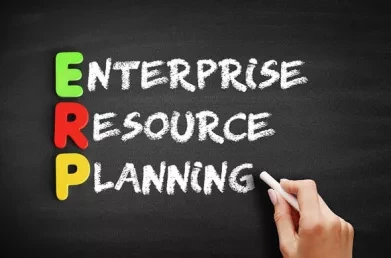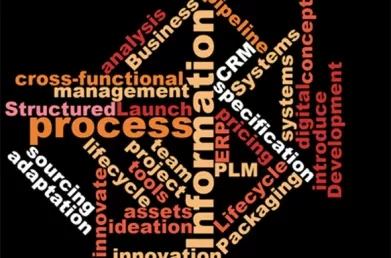Budgeting for ERP Food and Beverage projects: Key challenges
Figuring out what a potential ERP project will cost can be a complicated task. Without a proper understanding of the scope of a proposed project and a host of other considerations it is very difficult to make a sensible estimate of cost. While budgeting for any ERP implementation project is usually done under a number of fairly standard headings (Software Licences, Software Support & Maintenance, Hardware/Infrastructure, External Consultancy Services and Internal Costs), a realistic budget can only be prepared once there is clarity on the project scope.
For companies in the food and beverage sector, there are generally lots of decisions to be made around functional scope: what existing systems are to be replaced, what new functionality needs to be implemented, and how internal and external systems are to be interfaced. This article looks at some of the key challenges in relation to the functional scope of ERP projects for companies in the food and beverage sector.
One of the challenges for food and beverage companies considering an ERP implementation is that many of the functional requirements of the sector are poorly supported by the larger ERP vendors; as a result, it’s often necessary to consider niche or best of breed solutions as part of the overall solution.

Let’s look at just a few of those challenging areas:
Managing Farmers/Growers
Many food and beverage companies source raw materials directly from farmers or growers. Spot prices or contracts are both used, with payments often linked to the quality of the material provided. While the functional requirements for dealing with farmers/growers in the beef, dairy, poultry and fresh produce sectors may have similarities, there are also significant complexities and regulatory requirements peculiar to each of those industries. While many ERP systems may have good solutions for financials, manufacturing and distribution, this area tends to be less well served.
Mixing & Blending
This is a feature of the production process for a number of products, including spirits, cider, tea, coffee and natural extracts. A number of batches may be blended together to meet a desired set of characteristics. In many industries this is virtually an art, with seemingly subjective characteristics such as taste and smell coming into play. The challenges from a systems perspective are a) in supporting the blender to make decisions and b) ensuring batch traceability is maintained. ERP systems designed for process manufacturing often provide functionality to manage batch traceability, but blending solutions are much less common.
Disassembly (Inverted Bill of Materials)
Most people are familiar with the idea of a bill of materials; for example if you’re manufacturing a bicycle or a PC then you have a list of components that you need and you combine them together to make your product. Meat and poultry processors have to work in reverse; inverted bills of materials are used to represent how the carcass is broken down into the individual consumer products which you find on the supermarket shelf. Figuring out the optimum way to do this to meet customer requirements and minimise waste is very complex and poorly supported by most ERP systems.
Recipe Management and New Product Development
The fast moving nature of the food and beverage sector means new products are constantly being developed and introduced. Functional requirements to support this activity include the ability to manage trial production runs; the signoff/approval of the various stages of development; nutritional analysis; evolving BOMs, recipes and product costs. Some ERP systems are very strong in this area, while others will struggle.
Sales Forecasting
Food and Beverage manufacturers often struggle with sales forecasting, and most ERP systems provide basic forecasting solutions that deal effectively with forecasting based on sales history and inventory levels while also dealing with issues such as seasonality and the effects of promotions. Often that’s sufficient, but some companies may need to go a step further, with the ability to have multiple collaborators, inputs from customers’ EPOS systems, measurement of forecast accuracy and management of multiple interdependent product lines and brands.
The nature of the food and beverage sector means that a single system from one supplier often fails to meet all of the functional requirements for a business. The only reliable way to accurately estimate ERP project cost is to carry out a detailed project scoping exercise. It is essential that this is led by someone with extensive ERP strategy and implementation experience, but if done properly will ensure that project cost assumptions are both complete and realistic.
This Blog was written by John Donagher, Managing Partner at Lumenia. If you would like further information on ERP Budgeting please send an e-mail to John Donagher.


